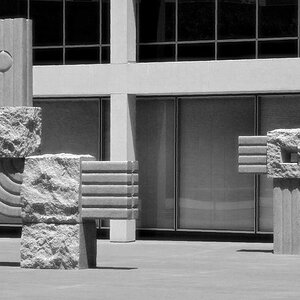wfooshee
No longer a newbie, moving up!
- Joined
- Oct 28, 2014
- Messages
- 846
- Reaction score
- 268
- Can others edit my Photos
- Photos OK to edit
Also, that image is focused on the nose, not the eye. Always use the eye. If you're in autofocus, use single-servo, not continuous, and hold your half-press once you focus on the eye and then you can reframe your shot if needed without the camera re-focusing. Once you let go of the shutter button you have to start over.
UNLESS.......
You want to learn back-button focusing, which was made for this situation. With back-button focus, you place the sensor where you want focus, press the focus button, then reframe your shot. When back-button focus is enabled, the shutter button will not refocus! You just have to be very careful not to move towards or away from your subject as you reframe.
If there's a lot of movement by your subject (duh!) and you're down to grabbing something while the getting's good, then yeah, leave the focus on the shutter button and close your aperture to maximize depth of field.
UNLESS.......
You want to learn back-button focusing, which was made for this situation. With back-button focus, you place the sensor where you want focus, press the focus button, then reframe your shot. When back-button focus is enabled, the shutter button will not refocus! You just have to be very careful not to move towards or away from your subject as you reframe.
If there's a lot of movement by your subject (duh!) and you're down to grabbing something while the getting's good, then yeah, leave the focus on the shutter button and close your aperture to maximize depth of field.




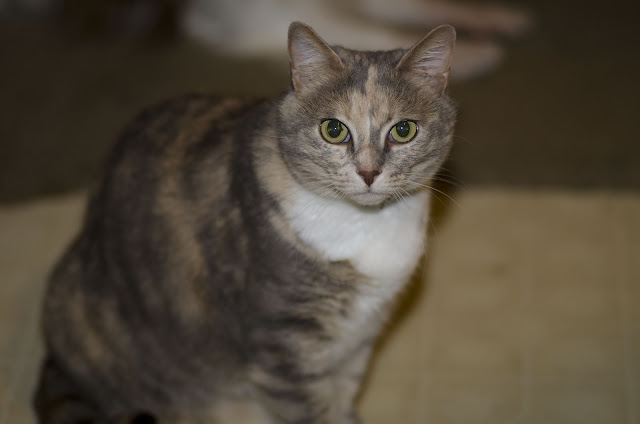
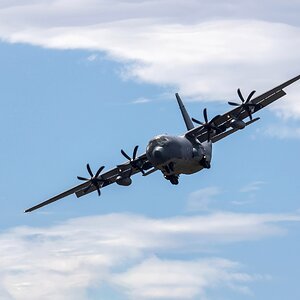
![[No title]](/data/xfmg/thumbnail/30/30987-a33ca8e90b5d786c21e59d37945b9cc6.jpg?1619734552)
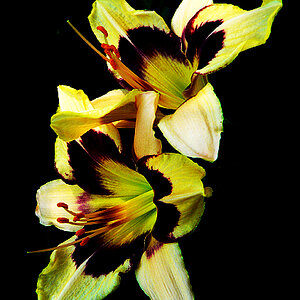
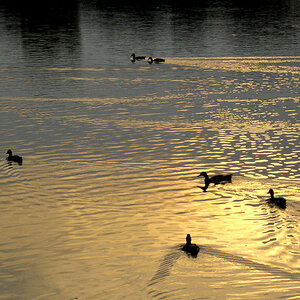
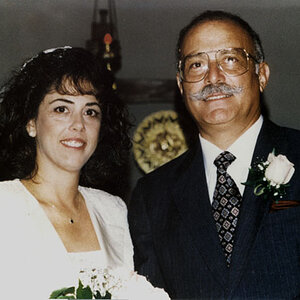

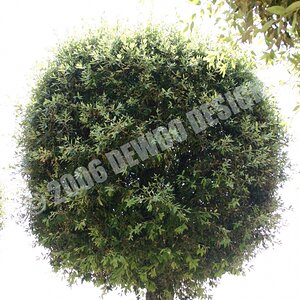
![[No title]](/data/xfmg/thumbnail/40/40309-c759bfd4ae7c079632e7402d21d332f1.jpg?1619739414)
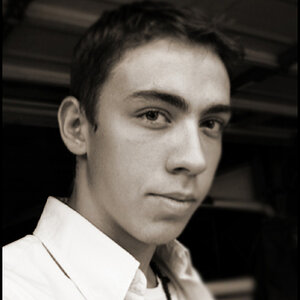
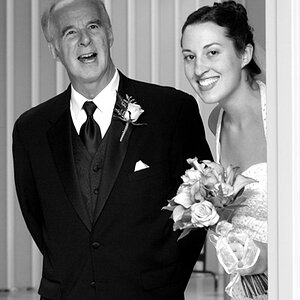
![[No title]](/data/xfmg/thumbnail/34/34148-864c8cb333c478b2dfb9e369908dc329.jpg?1619736320)
